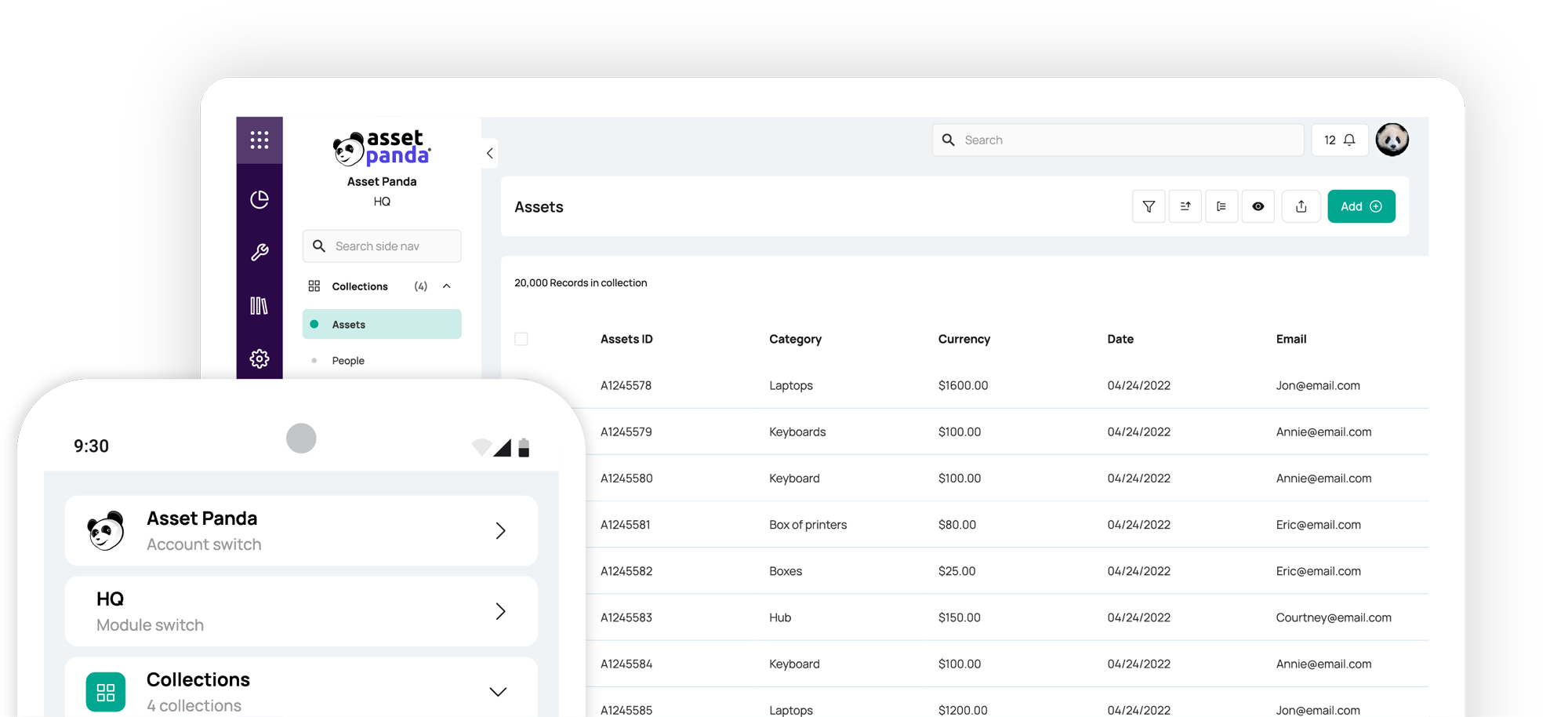The Ins and Outs of Compliance Tracking for Your Healthcare Practice
Blog

Table of Contents
Take Control of Your Assets
A personalized demo is just one click away.
Because healthcare is heavily regulated, healthcare compliance is crucial to keeping your clinic and patients safe. HIPAA isn’t the only regulation out there. The U.S. Department of Health and Human Services protects patient privacy against fraud. The Health Information Technology for Economic and Clinical Health Act protects patient data by performing audits and enforcing penalties for breaching regulations.
The Emergency Medical Treatment and Labor Act allows all patients to have access to emergency services. And finally, the Patient Protection and Affordable Care Act requires clinics to implement compliance and ethics programs.
There are also dozens of regulations and restrictions on how you can access and use patient information.
Knowing what regulations your practice is subject to, and how to enforce them is a crucial aspect of keeping your clinic running. That’s why you need to implement compliance tracking.
What is Compliance Tracking?
Healthcare compliance ensures your clinic runs smoothly and keeps everyone accountable.
Compliance tracking is the process in which you ensure your clinic is keeping the regulations that apply to your clinic. You can do this in several ways. If your practice is big enough, you might have a compliance officer working with everyone and ensuring the way you do things matches regulations. Smaller clinics rely on managers and other people to check compliance.
Without compliance tracking, you’re more susceptible to accidental malpractice, fines, and getting shut down for not keeping healthcare regulations.
How to Implement It For Your Clinic
Most compliance regulations are in relation to patient safety, privacy, and billing. Having a system in place where you can monitor all of these aspects of your clinic is crucial to ensuring compliance.
The most important aspect of compliance is keeping everyone up to speed on what regulations apply to their specific jobs. Each team member in your clinic handles different aspects of patient care. Your billing team may not interact with patients directly, but they have access to sensitive patient information. Others need to track healthcare assets.
Before you can implement compliance tracking, you’ll have to train your staff on compliance and regulations.
Once everyone is caught up, then you can start implementing tracking methods.
There are several options for implementation. Here are three of the most common ones.
Make Compliance Tracking Part of Tasks
One of the best ways to ensure compliance tracking happens is to make it a mandatory part of the tasks your team is already doing. Did one of your medical assistants just finish up with taking patient vitals? Ensure they’re entering it into a secure database. Is your billing department reaching out to patients for unpaid balances? Create a checklist so you make sure they’re speaking with the patient and not someone else. Look for ways your team can show they’re prioritizing patient privacy.
Assign Someone to Facilitate Compliance Tracking
Another way in which you can implement compliance tracking is to assign someone else to audit and monitor staff measures. This can take the form of compliance managers or administrative assistants. Whoever is taking on this role needs to be aware of the applicable regulations.
Utilize a Secure Database
Along with either of these measures, using a secure database to store your compliance and asset tracking will go a long way. When your patient records are stored in an encrypted database, you are promoting patient privacy.
Compliance tracking is crucial for running a successful healthcare clinic. Make sure you’re taking the proper measures to keep patient data secure, and it’ll go a long way towards keeping those regulations.
Take Control of Your Assets
A personalized demo is just one click away.
Related News & Press
Learn more from a solution specialist
Schedule a demo to find out how you can transform your workflows with Asset Panda Pro
Contact our team at (888) 928-6112



